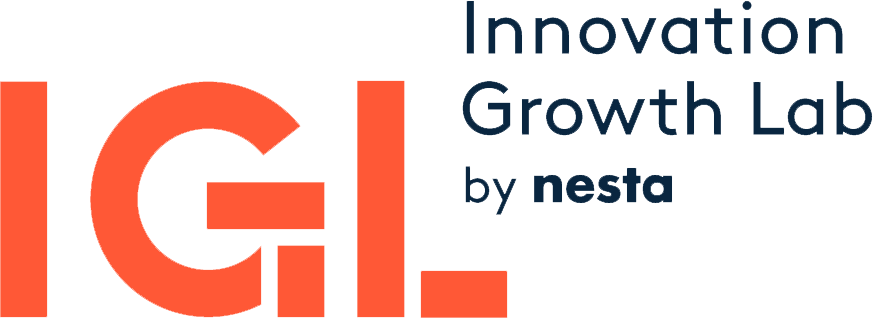
In 2023, we are supporting the TAFTIE network of European Innovation Agencies as its members meet to jointly face the current challenges of innovation policy. This is a role we have performed for TAFTIE in the past and serves as an important opportunity to work on shaping the agenda and creating spaces for reflection and mutual learning with government agencies.
2023 is a year of Croatian prominence since the country joined the euro and Schengen as of January 1st, so the Croatian national innovation agency, HAMAG BICRO, is fittingly holding the presidency this time. Over the course of the year, TAFTIE agencies will meet multiple times in the beautiful country to discuss the most pressing issues in innovation policy - and enjoy some strukli. One of those issues is university-business collaboration, which I am currently working on at the Innovation Growth Lab, among others through the ATTRACT Next project. I, therefore, joined the first meeting of the agencies in Zagreb in February to talk about their role in supporting the technology transfer ecosystems and learn from each other.
In advance of the session, IGL and HAMAG-BICRO co-designed a survey to gather insights that would frame the in-person conversation and curate a repository of information for the agencies to learn from. The questionnaire shared with the innovation agencies - to be filled out by their respective university-business collaboration experts - asked them in-depth about their activity in this policy space, the programmes they run, the metrics they use, and the challenges they face.
The survey indicated that most respondent agencies (83%) are running some programme in technology transfer, at an average of 2-3 per agency. An overwhelming majority of programmes (90%) offer financial support, often in combination with knowledge sharing (27%), matchmaking (24%), or infrastructure (12%) support. Innovation agencies see a lack of expertise (51%) of the stakeholders as the main barrier to technology transfer. And measuring the impact and success of programmes is an important and challenging goal for agencies; the metrics most often captured focus on programme demand, outputs, outcomes, impact and satisfaction.
This information helped set the stage for representatives from different stakeholder groups to present and discuss their perspectives. The ensuing discussion revolved around language first, as the term “university-business collaboration” is evolving towards “knowledge valorisation” to expand the scope of what is being transferred and its purpose. Second, there was agreement about the need for universities to take steps towards strategically including the Third Mission in their goals and incentive structures. As innovation agencies often cannot directly influence universities, however, one way for them to advance knowledge valorisation at research institutions is by focusing on upskilling younger researcher generations.
TAFTIE agencies also recognised that they play a crucial role in filling the gap between research institutions and businesses. They are thus focused on creating well-rounded intermediary structures that bring expertise and human resources into the process and allow researchers to focus on their areas of expertise. Given the complexity of this area of work, there was an emphasis on the need for these structures to focus on simplicity and ease of access - to funding, information, and support.
We supported the exchange by providing questions to shape the panel discussion, summarising the conclusions live for the attendees and gathering the insights from the session in a report. Internally, the report is joined by two repositories: an overview of all the programmes that the agencies have run over the past 10 years and a dataset of the metrics being used to measure programme impact. This information, based on the questionnaire, allows for mutual learning beyond the in-person meeting. If the challenge is to create well-rounded structures, having a detailed list of what others are doing and how they are measuring their impact becomes a useful driver of policy diffusion.
Going forward, our focus is on supporting agencies as they experiment with effective ways to engage and upskill stakeholders, make the best use of financial, infrastructure and human resources, and test different approaches to building and sustaining successful collaborations - all while creating comparable metrics of programme effectiveness. And always keeping in mind what everyone in Zagreb agreed on: that when it comes to knowledge valorisation, the devil is in the - often context-dependent - details.

